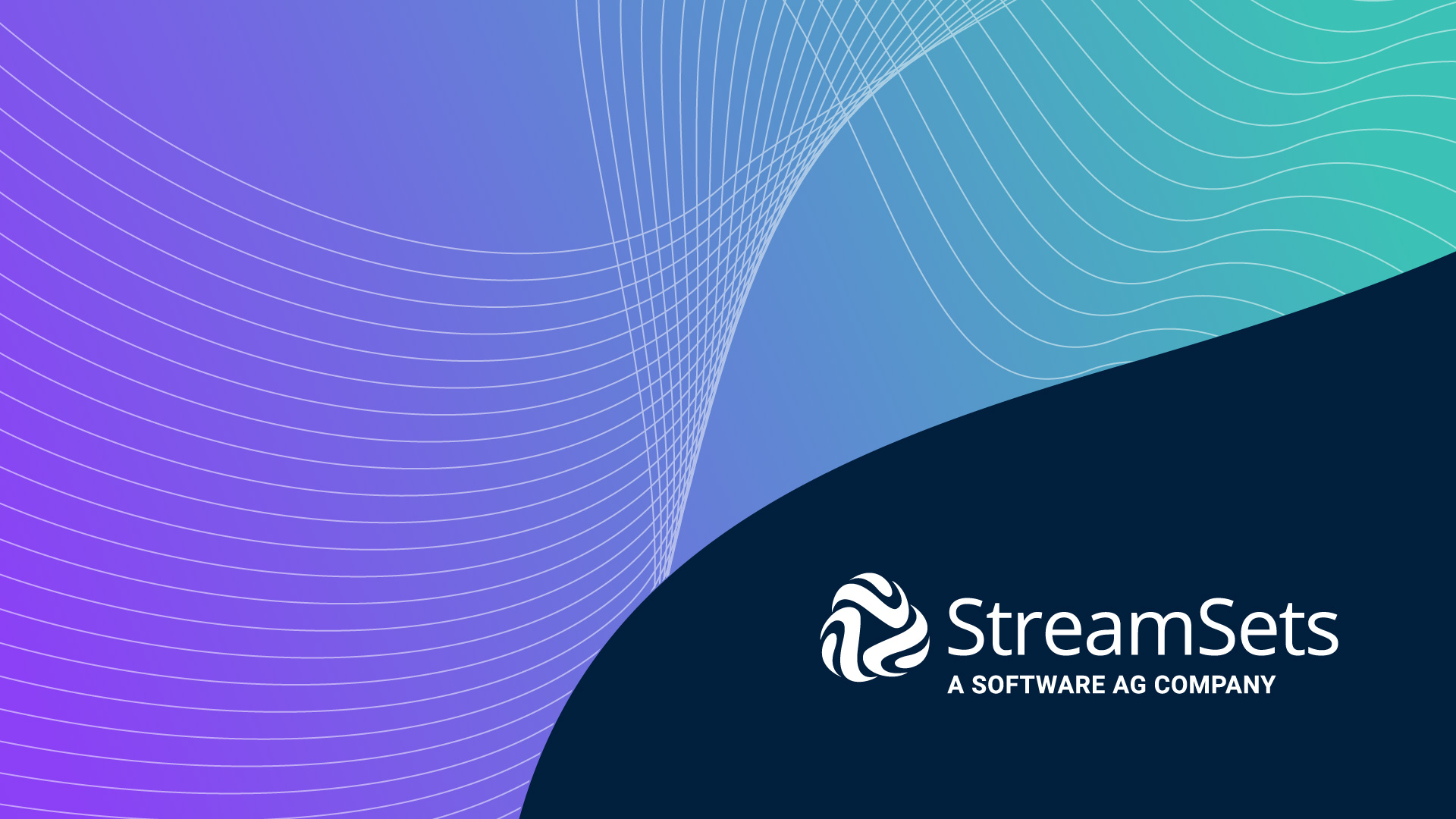
An organization rarely has a single data source. Instead, it aggregates data from various sources like websites, applications, social media, and databases to make data easily accessible through data integration technologies. In addition, this data needs to be transformed before being transported to their target locations. All these ingestion and transformation processes involve data of various sizes, structures, and types, thereby bringing complexity.
A data integration architecture aims to solve the heterogeneity feature from various data sources, locations, and interfaces.
This article discusses the need for data integration architecture, types, and how StreamSets can help your organization develop data integration architecture that ensures the free flow of data between locations.
What is data integration architecture?
Importance of data integration architecture
- Ensures the free flow of data, thereby eliminating data silos: A data integration architecture doesn’t lump data sources into a single database. It instead seeks to promote a more straightforward data relationship between teams, ensuring they have access to the data they require to perform analytics or build data pipelines.
- Remove complexity in developing data pipelines: With a data integration architecture pattern, engineers find it easier to build data pipelines and ensure faster decision making.
- Enables collaborative decision-making and fosters faster innovation: IT teams have access to a free data flow, making collaboration easier and improving operations efficiency.
Data integration architecture principles
To ensure the production and use of clean, consistent, and excellent data, engineers should follow data integration best practices when designing an integration strategy. Keep the following principles in mind:
- Always integrate with a purpose: Data sources should undergo proper scrutiny before combining with your architecture. When mapping an architectural strategy, engineers should ensure line managers, data scientists, and other vital players know each request’s merits and potential downsides. This proper vetting helps integrate only the necessary data and prevent a bloated data warehouse filled with unusable and duplicated data.
- Ensure checks for data quality: Observability features should be essential to your integration architecture. Data from disparate sources usually contain anomalies like null values or duplicate references.
- Maintain consistency during integration: Following this principle helps prevent confusion and creates a single source of truth for data usage, which makes collaboration between teams easier. For instance, maintaining the formats of customer information as it flows between groups will help prevent confusing scenarios later.
- Document the integration process: Documentation helps standardize your processes and makes identifying the cause of errors easier. Additionally, if proper documentation follows every cycle, it becomes easier to maintain consistency and spot useless data.
Data architecture patterns
Traditionally, data integration architecture patterns never included a standardized approach for specific use cases before integrating various data sources. However, with modern technologies, organizations can adopt one or more integration patterns that best serve their business needs. Adopting existing data integration patterns:
- Saves time: Proposing and adopting a data integration pattern eliminates time-wasting as a single pattern can be helpful for other situations.
- Reduces risk of errors, improving data quality: Most data integration architectural patterns are automated, reducing the risk of manual errors.
- Fosters reusability: Since organizations exist to serve similar goals, adopting a data integration pattern can most likely be applied to various use cases.
- Increases trusted decision-making: Adopting a data integration pattern helps remove data inconsistencies, eliminate errors, and improve final data quality, which helps make better business decisions.
Several factors, including the volume of data and the type of intended use, influence the choice of integration pattern.
Examples of data integration architecture
Migration pattern
Data migration patterns involve the movement of data from one system to another and usually mean handling large volumes of data and multiple simultaneous record processing like:
- Backing up datasets
- System consolidation
- Adding nodes to database clusters
Usually, the data migration pattern fulfills the following criteria:
- A source system housing the target data
- A criterion that causes data migration, i.e., students with an overall score > 70, should be reflected in the BishopsList database
- Transformation for the migrated data
- A destination system
- A data capturing system that reflects the final vs. desired state of migrated data ensures migration integrity
Extract, Transform, Load (ETL) is a widespread implementation of the migration pattern.
Broadcast pattern
A broadcast pattern is a real-time approach that moves data from one system to multiple destinations. The broadcast pattern works with transactional data, i.e., data that has changed since the last update to various destinations. Unlike migration patterns that optimize for processing large volumes, broadcast patterns enhance fast and reliable data processing to ensure no loss of critical files in transit. The broadcast pattern works when a destination system (B) needs immediate notification of a real-time event occurring in the source system (A). Such scenarios could present as:
- The occurrence of sales in the customer portal leads to an update in the Customer Relationship Management (CRM) system, websites, and inventory data
- A change in temperature or load of an Internet of Things (IoT) device feeds the data to dashboard reports and analytics
Engineers can check the need for a broadcast pattern by answering the following questions:
- Do you need immediate or real-time notification to the destination system? This requirement checks for a broadcast or migration pattern approach. A notice of less than an hour points towards a broadcast pattern.
- Is data flow automatic, or does it require human involvement? Real-time data flow is usually time-bound and occurs by push notification or scheduled job, hence no manual involvement.
- Does the source system need to be aware of what happens to data in the destination system? Synchronizing systems A and B requires a bidirectional sync instead of a broadcast pattern.
Bi-directional pattern
Organizations may adopt this approach to optimize two or more independent systems that need a real-time consistent representation of the same reality through different lenses. This approach efficiently grants systems access to specific customer information without full access to what the system doesn’t need.
Aggregation Pattern
The aggregation pattern helps merge data from various source systems into a single destination. The aggregation pattern is valuable and helps integrate multiple reports into one destination. Aggregation patterns prove helpful for cases like:
- Marketing systems like email and website data feeding into a CRM system
- A compliance and auditing system that needs a comprehensive view of data from each system
The destination database should contain no duplicated data.
Correlation pattern
This pattern is a bi-directional synchronization that unifies data in separate systems.
For example, two different sales personnel may attend to a single customer and enter the customer details both times. Suppose the same customer returns and is attended to by salesperson A. In that case, the correlation pattern helps synchronize the reports in salesperson B to help present a consistent view.
Data integration architecture with StreamSets
Through the platform’s multiple connections and engines, StreamSets gives flexibility to organizations by allowing quick and easy ingestion from numerous data sources with a few configurations. These pipeline architectures can then be shared and reused leveraging the included pipeline repository and pipeline fragments. The platform provides full visibility into data and supports live previews to ensure data quality.
Businesses can choose between data warehouse or data lake data integration to ensure analysts and data scientists have continuous access to clean, consistent data that drives innovative decisions.
The StreamSets Platform also runs on multiple cloud environments, making it easy to adapt and build innovative data pipelines in minutes.






